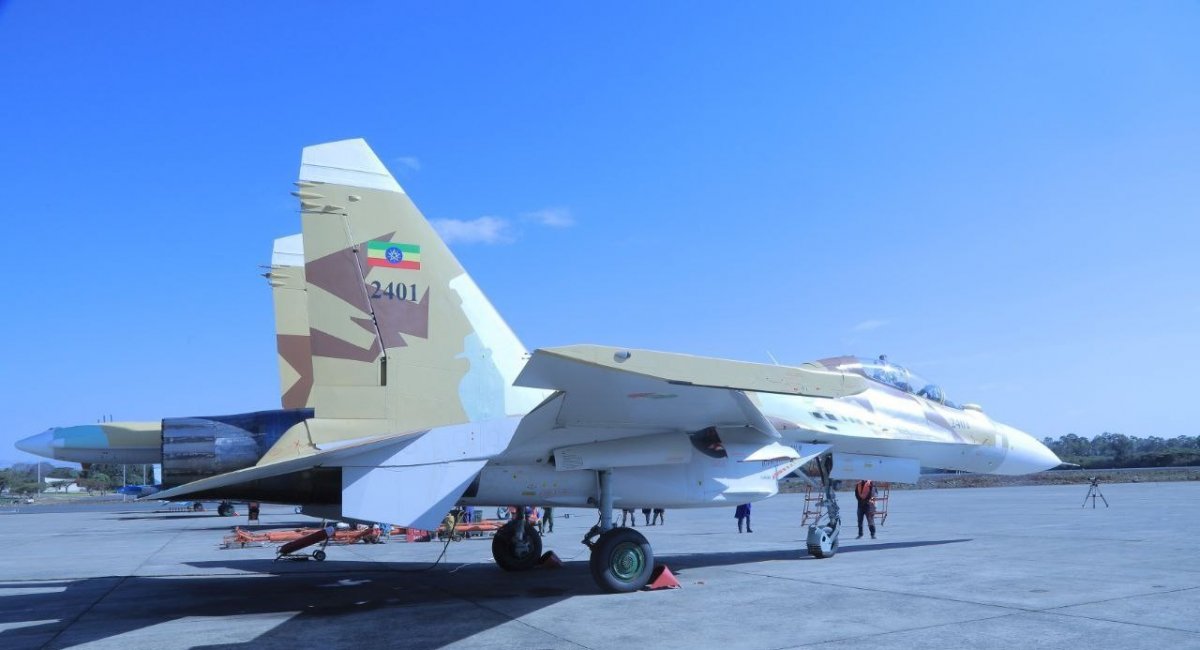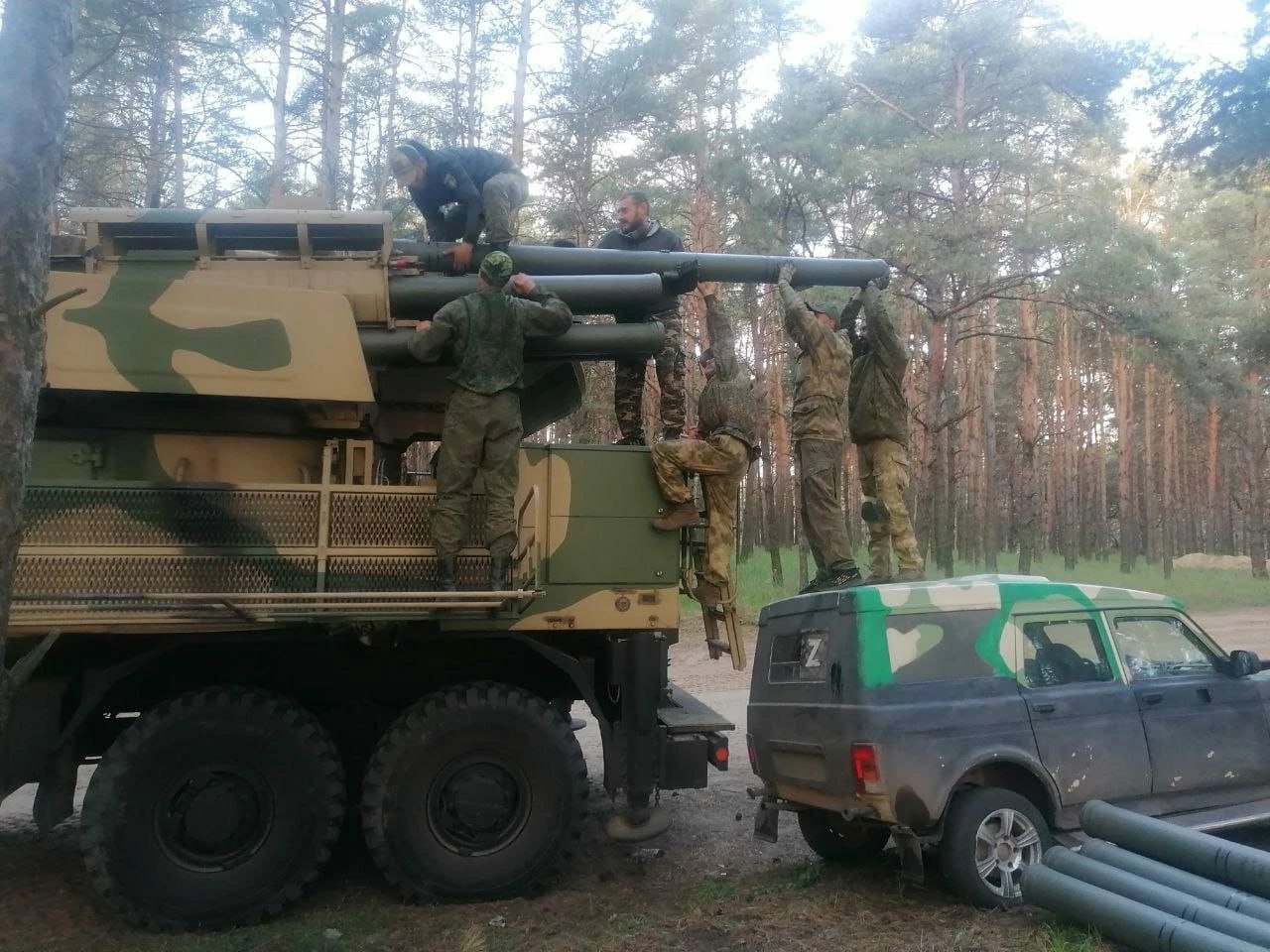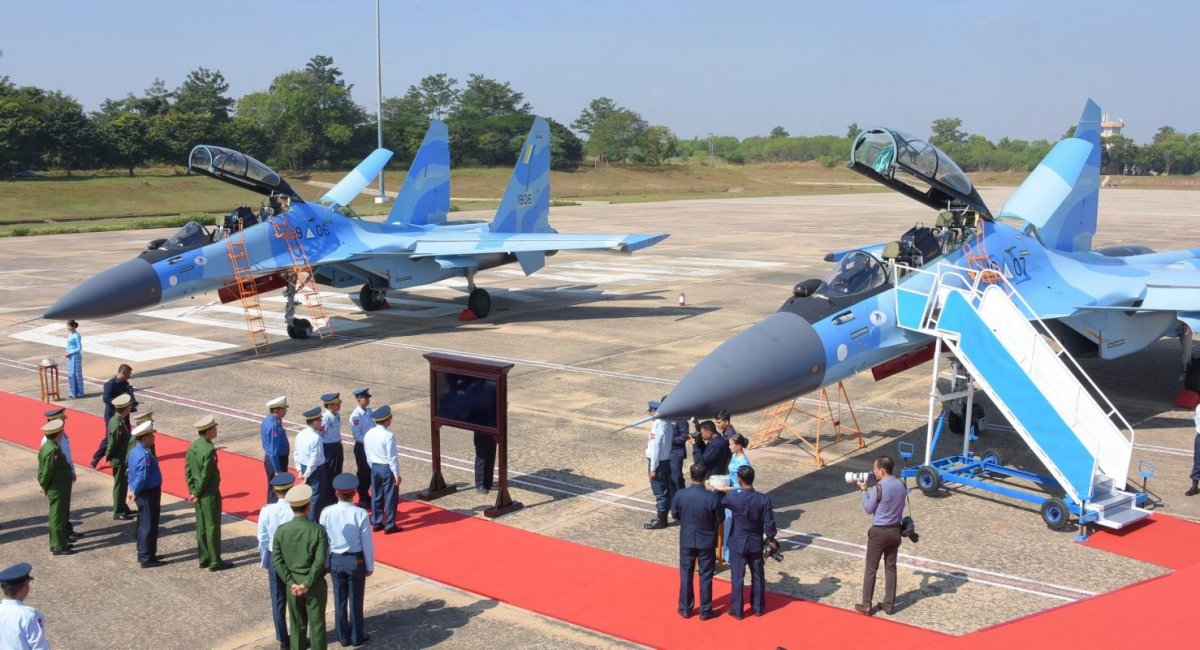According to the results from 2021 to 2024, the volume of arms exports from Russia has plummeted by 92%, or 14 times, down to just 1 billion dollars. Meanwhile, the geographical scope of supply markets has shrunk to 12 countries that remain on the list of Moscow's "traditional" clients.
It is against this backdrop that the Russian forces announced their first contract for the export of Su-57 aircraft, with Algeria being the buyer. This should be perceived more as an attempt by Russia to salvage its positions in the global arms market.

The American analytical institution Jamestown Foundation details in its publication that the 92% collapse in arms exports from Russia during 2021-2024 occurred as a direct result of the full-scale war against Ukraine. In 2021, the arms sales from the Russians amounted to 14.6 billion dollars, highlighting a staggering 14-fold decline over three years.
Here, the primary factor at play was the transition of the Russian defense industry to "military rails," which prioritizes the needs of the Russian army even at the expense of fulfilling export contracts. Additionally, amid this situation, former traditional buyers of Russian arms have opted to "exercise caution" or completely switch to supplies from other countries, such as China.
If we continue to track the downward trend, in 2022, the arms export figure from Russia stood at 8 billion dollars (which is 6.6 billion dollars less than the previous year), and already in 2023, it dropped to 3 billion dollars (which is 5 billion dollars less compared to 2022).

Furthermore, the authors from the Jamestown Foundation reference data from SIPRI, which indicates that from 2019 to 2023, Russia sold 53% less arms than in the period from 2014 to 2018. This comparison can be regarded as evidence of a systemic crisis affecting the export of arms produced in Russia.
However, as indicated in the text of this publication, despite the obvious signs of crisis, the Russian forces have a certain set of arguments for "self-soothing." Firstly, among the aforementioned 12 countries that still purchase products from the Russian defense industry are India, China, and Myanmar, which are considered important for the Kremlin.

Moreover, "Rosoboronexport" in its public reporting cites a figure of 55 billion dollars in total value of export orders that the Russian "defense sector" currently possesses. It is emphasized that the actual fulfillment of these contracts is supposedly just "postponed" due to the full-scale war of Russia against Ukraine.
Previously, Defense Express reported that the manufacturer of KABs and X-69 increased its workforce to 90,000 people over the year, illustrating how one detail can vividly reflect the operations of the Russian defense industry at this stage of the war.